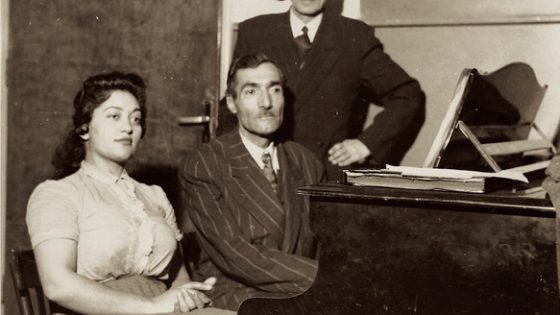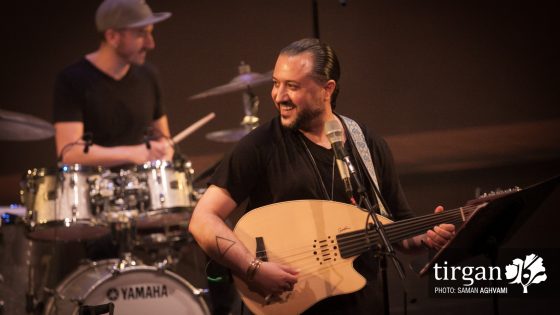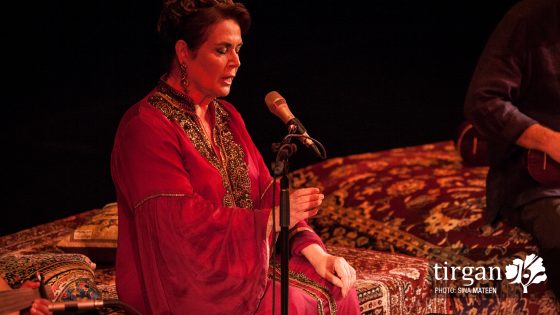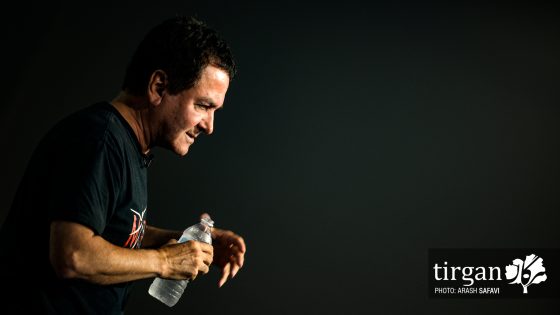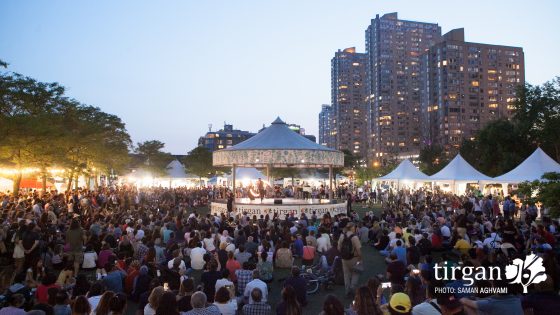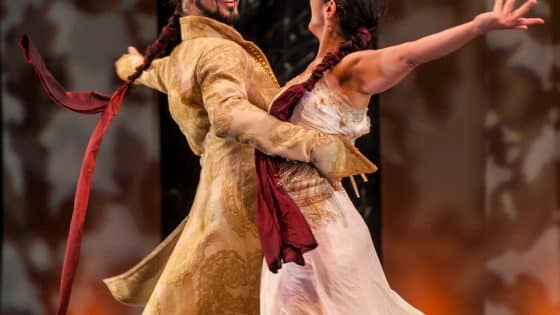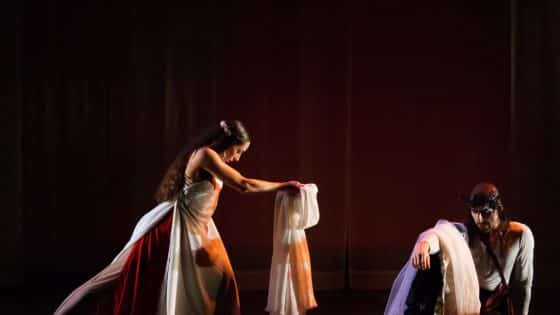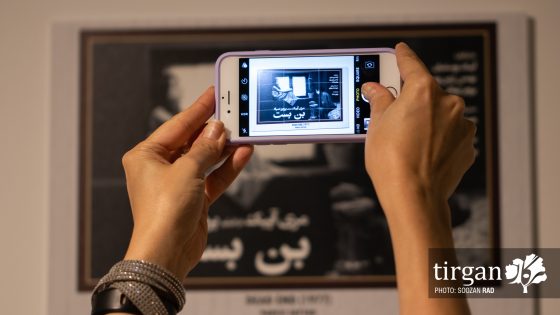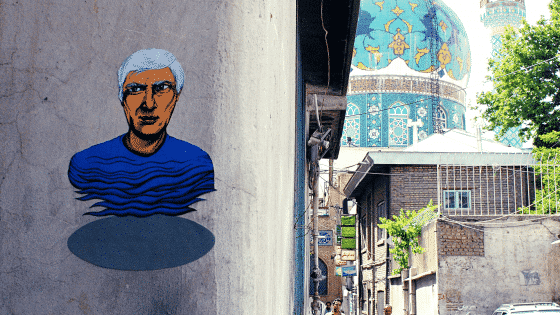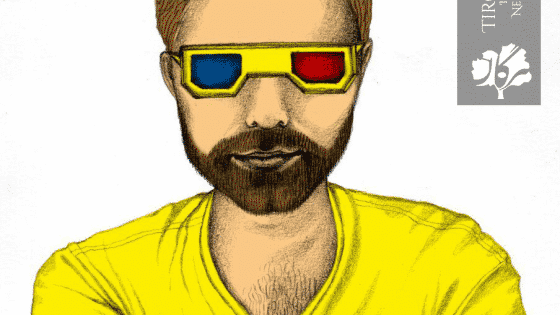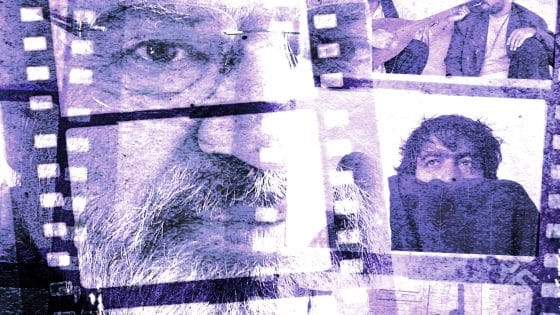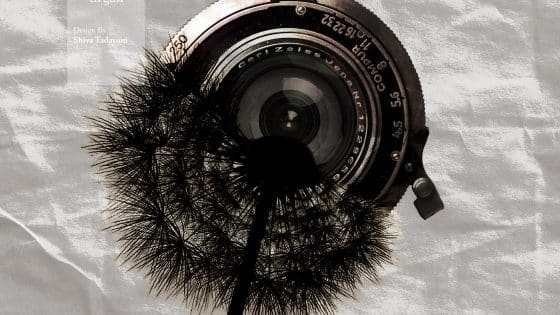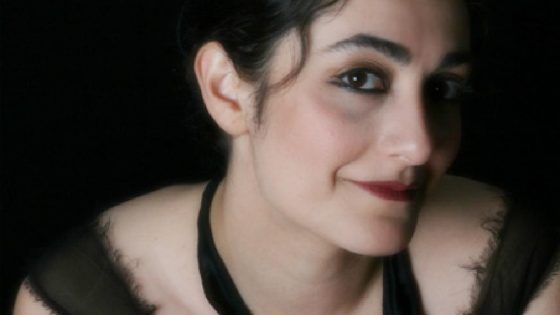What led you to conceive of such a project? Is the social world that these men inhabit one you were already familiar with?
You would think that I knew what I was doing from the beginning. But in reality, “workers are taking photographs” formed in the process of photographing it. I was interested in the encounter between the camera and ordinary people. I first started asking people whom I knew to come to my studio and take a picture of themselves. The results were not what I was looking for. Then I decided to go to the streets and use a white canvas (instead of white backdrop in studio) while asking random people to be my subjects. Through my interaction with people, I realized I have more power over a specific group. It was easier to convince lower-income men—blue-collar workers—to be my subject. Eventually industrial and manufacturing workshops became my destination and workers my subject, while relations of power, inequality, gender, and class became the themes of my project. As I was taking the photos, I educated myself and learnt more about these topics and what I was doing.
So these pictures are foregrounding class and gender, but only feature working-class men. Why not women?
The workshops I chose to photograph were predominantly male, industrial environments where no woman, or very few, were working in. Another reason was that I intentionally decided to use my advantage as a female photographer from a different social class to enter workshops that are not women friendly, or the environments where men workers do not expect to see a woman, and ask workers to be the subject of my project despite their hesitation. The encounter of two traditionally oppressed groups—and I mean women and workers—from two different social classes was interesting to me.
Describe the process involved. How long did this project take? Where are these places? How did you gain access?
This project took about a year or more. Photos were shot in a woodshop, a stone shop, a metal shop, couple of factories and construction sites, a mechanic shop, a grocery store and a butchery. some places like factories I needed to know someone to give me access to, so I just asked friends or friends of friends. Some other places were more accessible, like a mechanic shop or a grocery store, so I just walked in and asked them to let me photograph them.
How did these men react to such a project, and did they have a sense of who would be viewing their pictures?
The majority of them were fine and accepted to be photographed. Sometimes it depended on the first person that I talked to. If he accepted to be photographed, the rest would be motivated to do it as well, but if one person said no, I knew that I would have a long day ahead of me and have to convince them somehow. I briefly explained the process: that they’re going to stand in front of the white background and the thing they’re holding is the cable release, they just need to press it when they’re ready. I gave them more information if they asked me questions about the technique or the reason I’m taking these photos. I also told them that in the best-case scenario, if everything works out, these photos would be shown in a gallery. Some felt a little bit uncomfortable about this. For example, a couple of Afghan workers who didn’t have work permits got suspicious and anxious that I was sent by the government to take their photos and report them. But they ended up accepting to be photographed after I explained the project to them. I think this part of the project is invisible to viewers. The images don’t convey my interaction and experience with these people, talking to them and getting to know them briefly and make them feel secure enough to accept being photographed.
How has this project been received among your audiences?
I only showed these photos in Iran once in a group show in 2009. The first review I had was after that show. One criticism was that I copied what was already done by many other photographers, and that I need to know more about the history of photography. However, I did my research before I started the project…I knew that I was influenced by Qajar photography, 19th century photographs in Europe, Richard Avedon, August Sander, and others. Moreover, I had numerous discussions about this project with other artists, writers, and friends. I received good feedback. I had an idea of what the project was going to be about when I started taking photos, and like any other art project, the more I talk to others about my work, both during and after the process, the more I learn about it.


